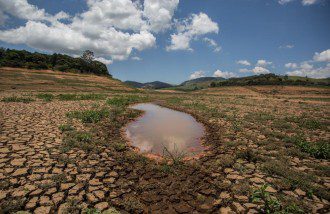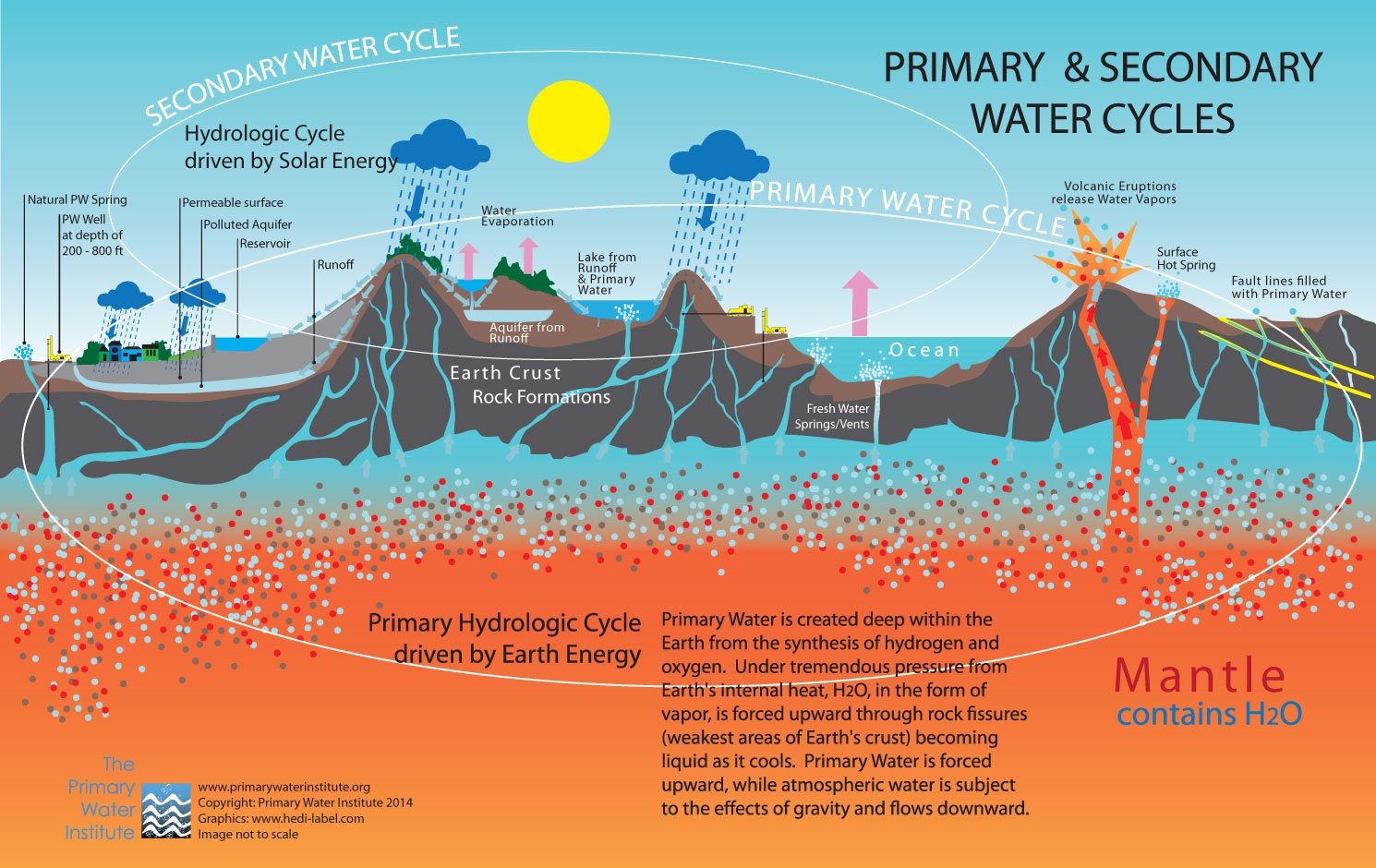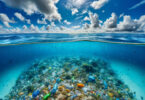Contributing Writer for Wake Up World
While some regions are breathing a sigh of relief with the arrival of El Niño this year, other areas are still faced with ongoing historic drought without an end in sight. Dry conditions have eased in places like the western United States and the United Kingdom. However, much of the world remains parched and in desperate need of fresh water. Asia, the Indian sub-continent, parts of southern and Northern Africa, Poland, South America — especially Brazil — and New Zealand are some of the hardest hit. Cuba alone is experiencing its worst drought in 115 years, affecting over one million people and severely reducing the rice harvest. Likewise, the North Korean drought is the worst of its kind seen in a century.
For a country like North Korea that is essentially isolated from the rest of the world and exclusively grows its own food, and where famine is a reality in the best of times, unceasing drought is a frightening prospect. But food production isn’t the only area impacted when available fresh water plummets. Reduce water supplies and water-borne diseases increase as well, which has lead to a spike in deaths. Moreover, when access to fresh water becomes endangered, social unrest soon follows. Most would agree that widespread drought is a serious issue with severe consequences.
So it may be shocking to learn that multinational corporations view water shortages as a business opportunity. Some investment firms have even gone so far as to claim “water is the new oil.” Then there are people like current Chairman and former CEO of Nestlé Peter Brabeck-Letmathe who believe that “access to water is not a public right.” Nor is it a human right. He feels the answer to the global water crisis is privatization. And Ismail Serageldin, the World Bank’s leading environmental expert, bluntly observed: “The wars of the twenty-first century will be fought over water.”
Nestlé CEO (Bilderberger) Peter Brabeck: “Access to Water is Not a Public Right.”
But what if our accepted views about water scarcity aren’t accurate? What if water is actually created deep within the earth in unlimited quantities, not simply recycled as a finite resource? The answer to these questions and more can be found with primary water.
A Vast Untapped Source of Fresh Water
“Since antiquity, the source of water generated deep within the Earth, clearly defying the conventional scientific hydrologic cycle explanation, has been a mystery. How does one explain sources of water throughout the world that produce impressive quantities of fresh water, often in dry areas with little rainfall or at high altitudes? Besides numerous oases in Sahara, Arabic Peninsula, Middle East and the driest deserts elsewhere, and countless springs at mountain tops worldwide, there are clear examples of this phenomenon which stand out, like the Ain Figeh spring near Damascus, the Montezuma Well in the Sonora Desert in Arizona or the Zamzam well in Mecca.” ~ Mladen Milidragovic, author of “Ancient Water Supply Systems”
When the thirsty region of Napa Valley, California experienced a major earthquake in 2014, an unexpected aftereffect took hold: a massive new flow of water into local creeks. Officials confirmed one example rushes with at least 200,000 gallons of water a day, with many other areas claiming the same. Water quality tests by the local public utilities commission confirmed the newfound water is pure enough to drink and was subsequently added to the municipal drinking water supplies. While it was speculated that it is from shallow groundwater and was released from fractures created by the quake, others believe it’s from another source entirely.
Pal Pauer, a respected American hydrologist, says the post-earthquake release is a perfect example of what he calls ‘primary water’. Believed to be the source of all new water on earth, primary water doesn’t come from rain-fed aquifers but instead is created by chemical reactions deep within the earth, independent of the ailing hydrological cycle. Read more about the theories on how primary water is produced here.
Moreover, a study in Scientific American states there is “… a very, very large mass of water, approaching the sort of mass of water that’s present in all the world’s ocean” — but the water is fresh, not saline. Scientists speculate that this vast store of water is in the mantle transition zone, which is found between 254 and 410 miles deep.
You may be thinking at this point that water so deep would be nearly impossible to access. However, Pauer says it can be tapped, mainly because primary water is automatically pushed up through fracture points in the earth’s crust. The high pressure in the earth’s mantle creates the perfect circumstance for the upward thrust of primary water to be possible. Sometimes, the water is found close to the surface of the earth, as is the case with natural springs. Often, it can be tapped by drilling less than 200 feet. Other times, it will require wells of 800 feet, or a thousand. The key is to have someone trained in locating primary water in a fracture, known as a faulted structure.
‘Water Wizards’
Pal Pauer has over forty years of finding and accessing primary water around the globe. His mentor, Stephan Riess, a Bavarian-born mining engineer and geologist, was an early pioneer in the search for primary water, and was drilling wells across California and in the Middle East as early as the 1930s. In 1958, Stephan was asked by Israel’s Prime Minister David Ben-Gurion to locate a primary water source to supply a new port city on the Red Sea. By 1959, the wells were producing enough water to supply a city of more than 100,000 people.
Pauer himself has an impressive record for finding primary water. Having traveled to Africa numerous times, he’s drilled over 80 boreholes of primary water in Tanzania, which, when paired with hand pumps, allow villagers to have straightforward access to clean water that is safe from disease causing bacteria, parasites and surface contaminants.
“It’s hard to get the point across to many people in the U.S. that the earth makes water. We can access it and solve our problems. We don’t need massive storage facilities or aqueducts. Clean, virtually infinite sources of water might be right under our feet,” said Pauer.
Just the same, the drilling of primary water is not as widespread as it should be, especially when we acknowledge the looming water crisis facing the world. This may be intentional when we take into account that scarcity in and of itself can be a powerful tool in controlling populations, creating social discord and amassing wealth for a chosen few.
Primary Water Explained: Why We DO NOT Have a Water Shortage
Article sources:
- http://www.primarywaterinstitute.org
- http://bloomthedesert.com/primary-water-theories
- http://www.scientificamerican.com/article/rare-diamond-confirms-that-earths-mantle-holds-an-oceans-worth-of-water/
- http://www.salon.com/2014/10/05/water_is_the_new_oil_how_corporations_took_over_a_basic_human_right/
- https://web.archive.org/web/20171128082217/http://www.rollingstone.com:80/politics/news/why-water-is-the-new-oil-20110707
- http://www.activistpost.com/2013/04/nestle-ceo-denies-that-water-is.html
Further reading from Carolanne Wright:
- Monsanto Charged with Crimes Against Nature and Humanity – Set to Stand Trial in 2016
- Dr Sebi: The Man Who Cures Aids, Cancer, Diabetes and More
- Politicians in California May Soon be Forced to Wear Corporate Sponsor Patches Like Nascar Drivers
- Plastic-Eating Mushroom Discovered in the Amazon Rainforest — A Solution for Our Trash Saturated World?
- Big Pharma and Organized Crime — They are More Similar Than You May Think
- Over 100 Scientific Studies Agree: Cannabis Annihilates Cancer
- Emotional Energetic Healing: The Future of Medicine is Here
- Why Every Parent Should Consider Unschooling
- The Greenhouse of the Future: Grow Your Own Food Year-Round With This Revolutionary System
- First U.S. City Produces More Electricity Than It Uses — With 100% Renewable Technology
- Autistic Boy with Higher IQ Than Einstein Discovers Gift After Removal from State-Run Therapy
About the author:
I’m Carolanne — a writer, chef, traveler and enthusiastic advocate for sustainability, organics and joyful living. It’s good to have you here. If you would like to learn more, connect with me at Thrive-Living.net or visit Twitter.com/Thrive_Living.

If you've ever found value in our articles, we'd greatly appreciate your support by purchasing Mindful Meditation Techniques for Kids - A Practical Guide for Adults to Empower Kids with the Gift of Inner Peace and Resilience for Life.
In the spirit of mindfulness, we encourage you to choose the paperback version. Delve into its pages away from screen glare and notifications, allowing yourself to fully immerse in the transformative practices within. The physical book enriches the learning process and serves as a tangible commitment to mindfulness, easily shared among family and friends.
Over the past few years, Wake Up World has faced significant online censorship, impacting our financial ability to stay online. Instead of soliciting donations, we're exploring win-win solutions with our readers to remain financially viable. Moving into book publishing, we hope to secure ongoing funds to continue our mission. With over 8,500 articles published in the past 13 years, we are committed to keeping our content free and accessible to everyone, without resorting to a paywall.









